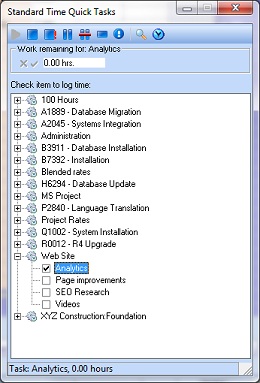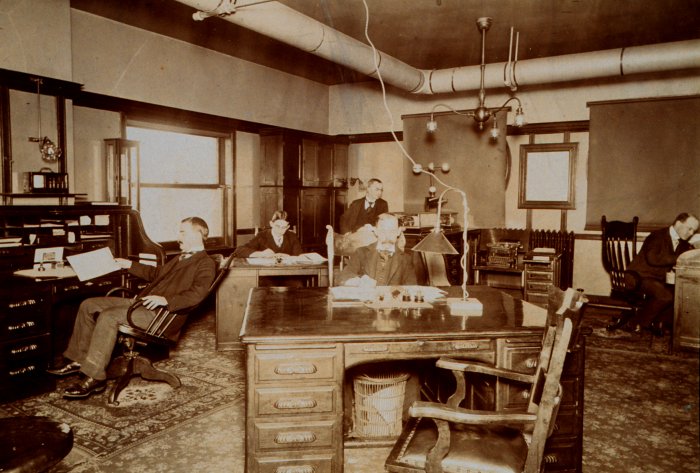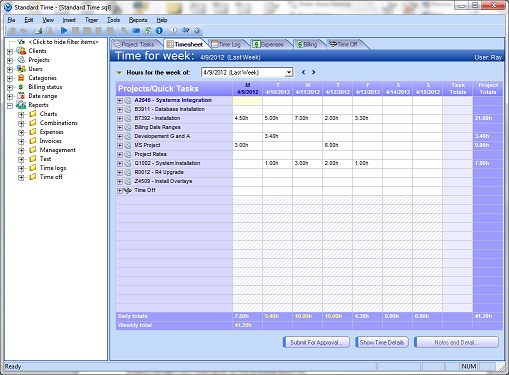There are no big problems; there are just a lot of little problems.
— Henry Ford
Henry Ford was the genius of the 20th Century assembly line. He almost singlehandedly designed the Model T and Model A Fords. Those two cars were the workhorses of the early 1900’s. So when Henry speaks of “little problems” he’s talking about inventing the entire automobile industry. But that’s big enough for anyone.
His point, though, is that in engineering you have dozens of little issues to deal with. And they stay with you indefinitely. In other words, engineering is a constant fight with little problems that you must work out with patience and perseverance. If you don’t have the aptitude, don’t get into engineering!
1. One of the biggest problems engineering people have is balancing quality with cost. Any engineer can tackle the myriad of little problems before them. But can they do it cost effectively? In other words, does it take forever to solve them, thus costing a fortune? Or can they resolve each one rapidly and without expensive solutions. The balance between polishing your work in a craftsmanship style, and pumping product after product out the door is a big, big problem that requires a lot of thought.
2. The next biggest problem engineers face is collateral damage from engineering fixes. I.e. bugs. Here’s an example: Say you are an electrical engineer designing a printed circuit board. And in your haste to produce a cost effective product, you forget a circuit trace. The manufacturing department is now forced to hand-wire that trace. It now costs your company much more in the long run. That’s a bug that must be retooled. Things like that happen in every engineering discipline. It’s definitely the next biggest problem you must face.
3. The final big problem engineers face is time estimates and project schedules. Engineers do not think like other human beings. They cannot estimate time with any degree of accuracy. And they do not like being interrogated about how long their work will take. You’ll just have to wait until it’s done, they’ll say. I’m working as fast as I can. Problem is, big money is riding on their engineering work. Sometimes the company just can’t wait. It the engineer that has to hurry up and product the product on the company’s timeline. And that can lead to big battles. So this is a fairly big problem facing engineering departments and company executives.
And then after those three, there are just a lot of little problems. 🙂




